Go the extra mile
Towards a cooler planet
Biden and the environment: what did he achieve?
9 January 2025
President Biden has made significant strides in addressing climate change and advancing sustainability. The Biden administration has seen notable progress in environmental protection, owing to key legislation passed. His approach aims to reduce climate change's impact and foster sustainable practices.
The administration's efforts have resulted in the conservation of 41 million acres of lands and waters. The Environmental Protection Agency's budget has increased by over $1 billion, reaching more than £10 billion since Biden took office. Furthermore, the administration has approved 10 gigawatts of commercial-scale offshore wind projects, which can power nearly four million homes.
President Biden's initiatives have created nearly 200,000 jobs through solar projects funded by the Environmental Protection Agency's Solar for All grant competition. The programme aims to deliver solar power to over 900,000 low-income households, saving them more than $350 million annually. Biden's leadership has also led to a reduction in petrol prices by about a dollar per gallon over the last year.

The environmental vision behind Biden's presidency
Biden's administration has elevated climate change to a matter of national security, integrating environmental considerations into America's strategic planning. This marks a significant shift in U.S. policy approach.
As the world's second-largest emitter of greenhouse gases, the U.S. has set ambitious targets under Biden's leadership. The cornerstone $370 billion investment through the Inflation Reduction Act powers the nation's drive toward zero emissions by 2050, representing an unprecedented commitment to energy transformation.
The administration's strategic approach includes decisive regulatory actions, exemplified by the pause on new liquefied natural gas export terminals. This decision reflects a comprehensive evaluation of America's energy infrastructure and its long-term security implications.
Looking ahead, these policy initiatives face the test of political transitions. The American Jobs Plan complements existing efforts by focusing on infrastructure resilience and economic transformation, establishing a framework for sustained environmental action regardless of future political shifts.
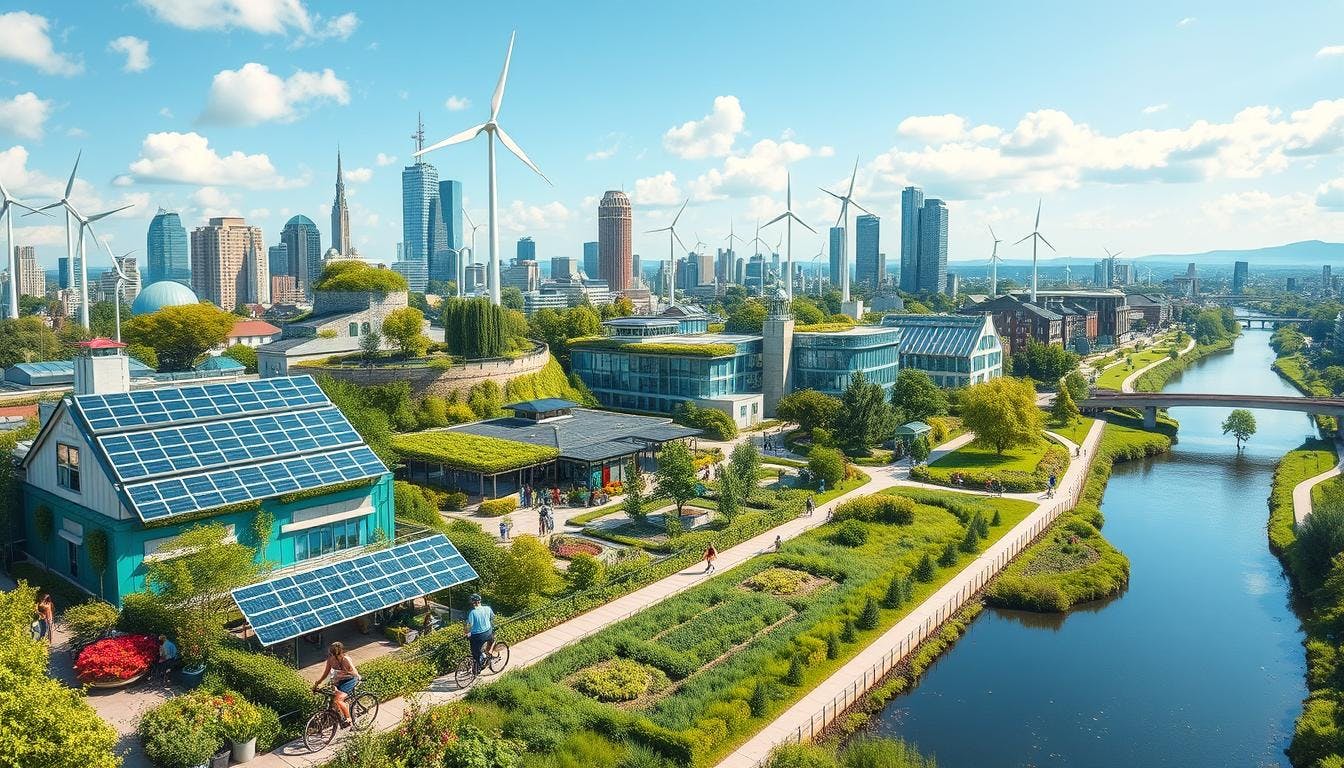
Major climate legislation under Biden
Legislative milestones under the Biden administration have reshaped America's environmental landscape through two transformative acts, each with distinct objectives for national sustainability.
The Inflation Reduction Act's $391 billion investment targets household-level change through strategic incentives. Beyond its widely-known provisions, the Act introduces innovative features including direct consumer rebates for energy-efficient appliances, localized support for disadvantaged communities facing environmental challenges, and specialized programs for residential solar adoption.
The Infrastructure Investment and Jobs Act addresses critical environmental hazards through targeted remediation efforts. Notable achievements include the sealing of 8,000 abandoned wells that were releasing methane, the replacement of aging lead water infrastructure affecting 1.7 million households, and the deployment of 8,000 clean-energy buses across 600 communities - transforming both urban and rural transportation networks.
These comprehensive reforms demonstrate how infrastructure investment can simultaneously address public health, environmental protection, and community development. The initiatives' focus on tangible, measurable outcomes sets new benchmarks for environmental policy implementation.
Biden and the environment: Key policy changes
The Biden administration's policy framework extends beyond legislation, establishing a comprehensive system of executive actions and regulatory reforms. The administration has revolutionized federal rule-making with unprecedented focus on coordination between agencies and streamlined environmental review processes.
A standout achievement is the transformation of electric vehicle infrastructure, demonstrated by a 70% surge in public charging stations to 175,000 locations nationwide. This expansion represents the largest-ever deployment of EV charging infrastructure, strategically positioned to support cross-country travel and urban mobility needs.
The administration's regulatory approach has delivered targeted results through innovative mechanisms. Key achievements include the first-ever standards for power plant emissions in rural communities, enhanced monitoring systems for industrial pollutants, and pioneering regulations for emerging clean technologies. These reforms strengthen America's position as a global leader in environmental standards and technological innovation.
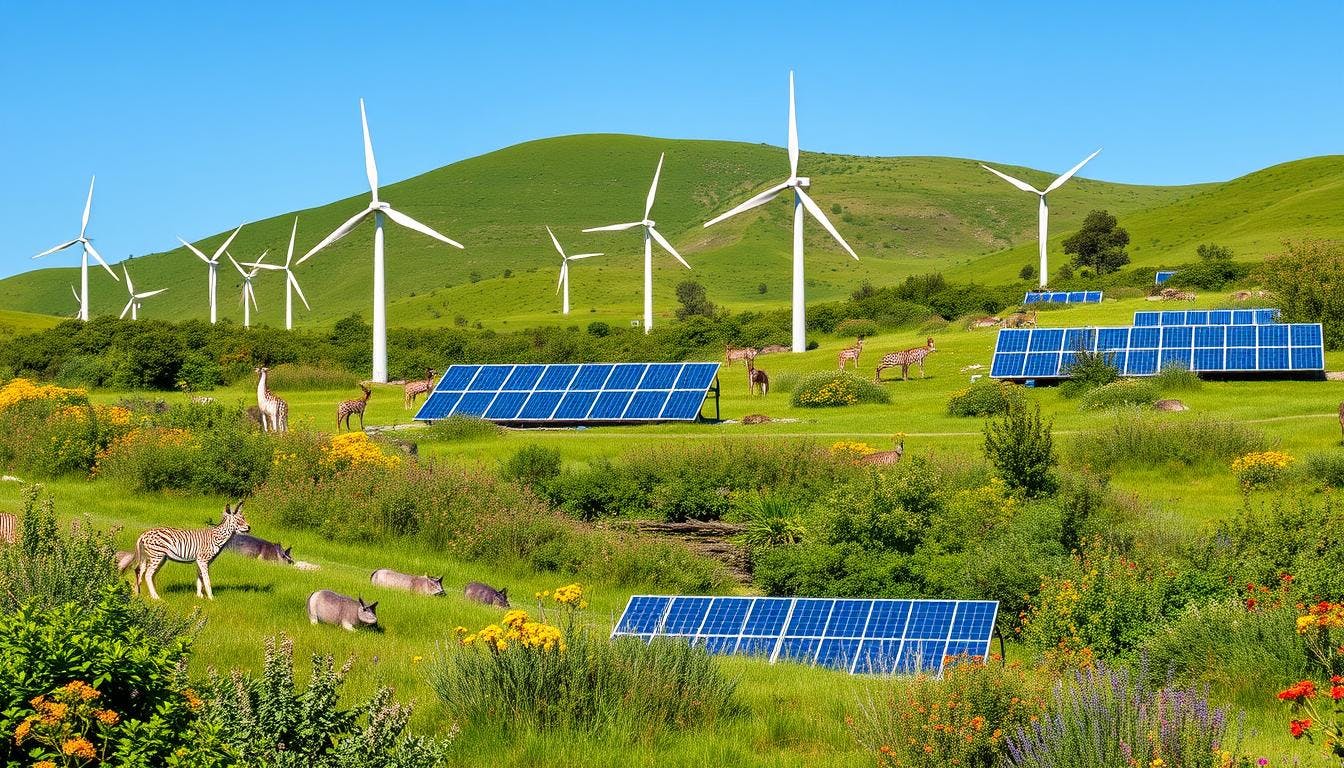
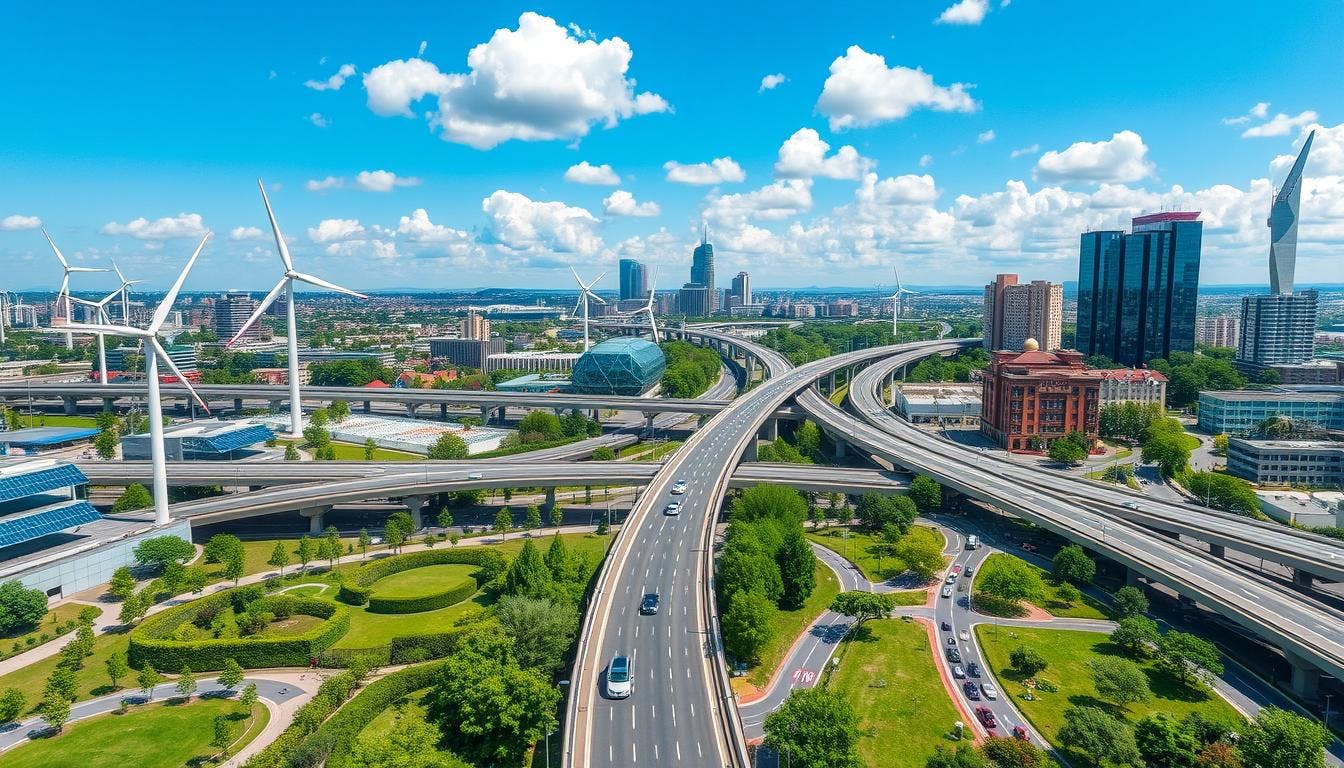
Infrastructure investment and jobs act impact
The Infrastructure Investment and Jobs Act has made significant investments in clean energy and energy efficiency. Over $100 billion in costs from extreme weather in the United States last year emphasise the urgency of this act. It aims to strengthen resilience and decrease the impact of climate change. The act allocates $7.5 billion to build a national network of EV chargers, supporting the expansion of clean energy and reducing dependence on fossil fuels.
The act also invests in energy-efficient buildings and public transit, with $50 billion allocated to protect against droughts, heat, and floods. Additionally, $65 billion will be invested in clean energy transmission and the electric grid, ensuring reliable and efficient energy distribution. These investments in infrastructure, clean energy, and energy efficiency will create lasting benefits for the environment and the economy.
The Infrastructure Investment and Jobs Act will generate employment and stimulate economic growth, with an estimated 1.5 million jobs per year for the next 10 years. The act's emphasis on clean energy, energy efficiency, and infrastructure investment will help reduce greenhouse gas emissions and advance sustainable development. Through investments in clean energy and energy efficiency, the United States can decrease its reliance on fossil fuels and reduce the effects of climate change.
The inflation reduction act's environmental provisions
The Inflation Reduction Act introduces substantial environmental measures, including tax incentives for clean energy and energy efficiency. These efforts aim to reduce greenhouse gas emissions and support sustainable growth. It also funds various environmental initiatives, including habitat restoration, land resilience, and water projects.
The Department of the Interior received $6.4 billion for these projects from the Act. Additionally, it allocates $4.6 billion to ensure the Colorado River System's sustainability, emphasising conservation and addressing drought conditions. Since the Act's signing, the private sector has committed over $110 billion in clean energy manufacturing investments.
The Act also invests in environmental justice and conservation. It provides $700 million for conservation, restoration, and resilience on public lands. An additional £500 million is dedicated to staffing at the National Park Service. These investments will support the reduction of greenhouse gas emissions and advance sustainable development, aligning with clean energy sector objectives.
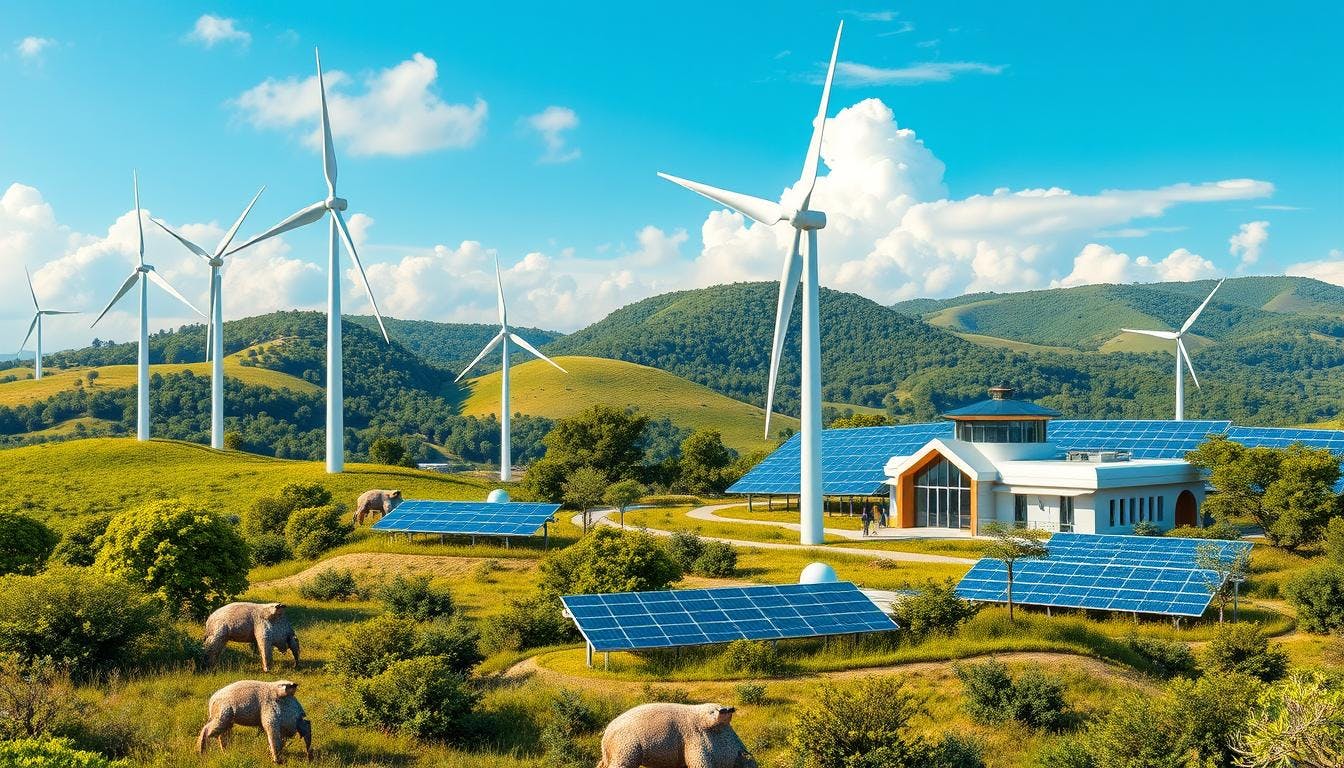
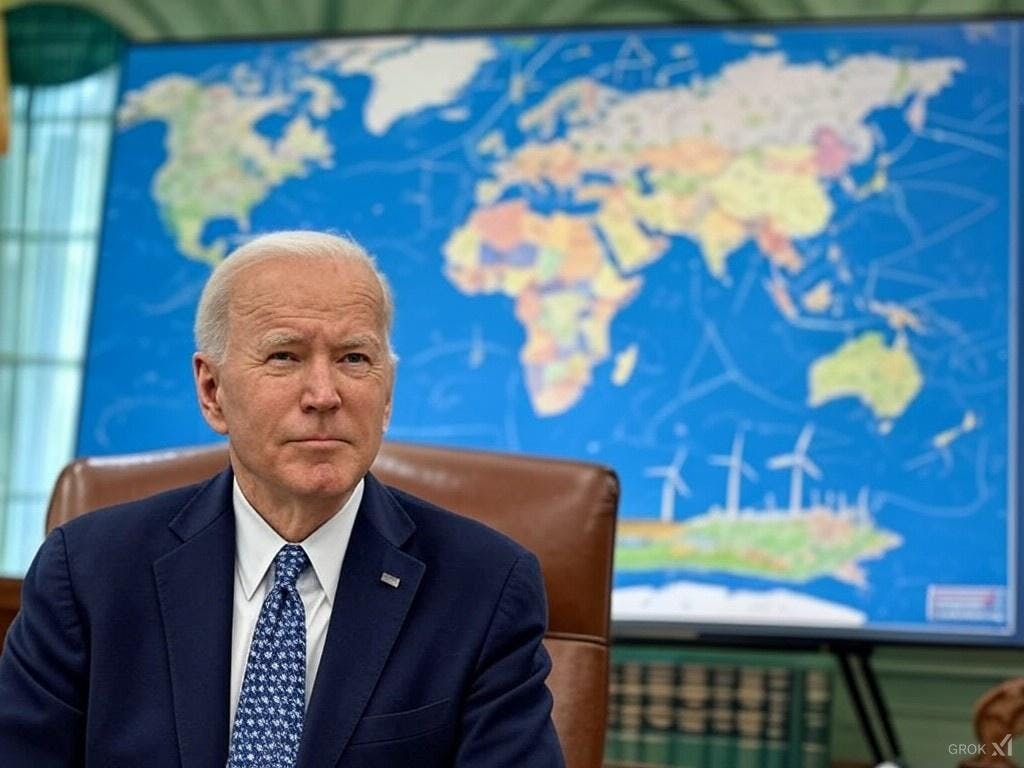
International climate leadership
The Biden administration has made international climate cooperation a top priority. It recognises the urgent need for global action against climate change. This focus on international climate leadership has led to notable progress in global climate cooperation. For example, the administration played a crucial role in the Global Methane Pledge, aiming to reduce methane emissions worldwide.
Through diplomacy, the Biden administration has united over 100 countries to support the pledge. This demonstrates the effectiveness of international cooperation in addressing the climate crisis. The administration aims to advance clean energy and decrease greenhouse gas emissions. It seeks to achieve a net-zero economy by 2050. This commitment to international climate leadership has prompted many countries to set ambitious climate targets.
The Biden administration's approach to international climate leadership is grounded in global cooperation and diplomacy. By collaborating with other nations and international bodies, it has encouraged the adoption of clean energy technologies. This strategy not only addresses climate change but also creates new economic opportunities and clean energy employment.
As the world confronts climate change challenges, the Biden administration's commitment to international climate leadership remains crucial. Through collaboration, countries can share knowledge, technologies, and best practices. This cooperation is essential for decreasing greenhouse gas emissions and ensuring a sustainable future. The administration's efforts show that international climate leadership is both necessary and achievable. Through collective action, nations can create a better future for all.
Challenges and opposition to environmental policies
The Biden administration has encountered strong resistance to its environmental policies from Republicans and industry groups. This opposition includes legal battles and congressional actions. A Pew Research Centre study reveals that 50% of Americans think Biden's climate policies are misguided. Conversely, 45% believe they are on the right track.
Republican opposition has been a significant obstacle for the Biden administration. For instance, 82% of Republicans feel Biden's climate policies are leading the country astray. This sentiment has prompted several states to challenge the administration in court over its environmental regulations.
Industry groups have also expressed their concerns, stating the policies are overly restrictive and harmful to the economy. Despite these challenges, the Biden administration continues to advance its environmental agenda. This includes initiatives to reduce carbon emissions and accelerate clean energy adoption.
The debate over environmental policy has created divisions among Americans. However, the Biden administration maintains its commitment to addressing climate change and protecting the environment. This determination persists despite the ongoing Republican opposition and legal challenges.
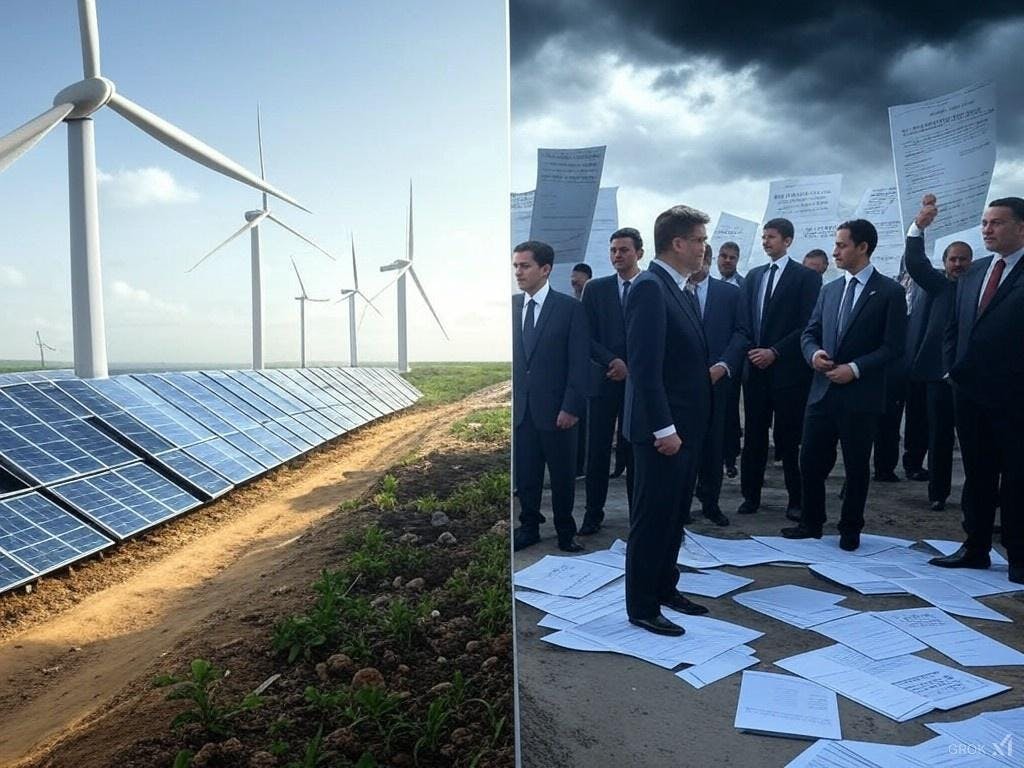
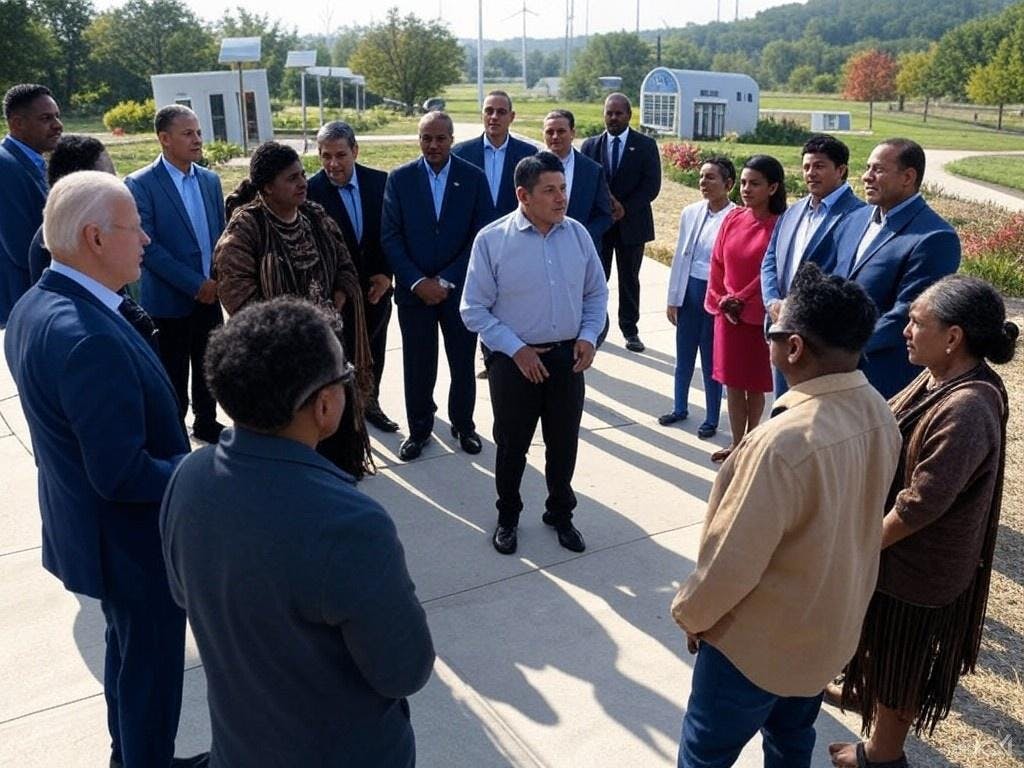
Environmental protection agency reforms
The Biden administration has introduced major reforms at the Environmental Protection Agency (EPA). These changes aim to strengthen environmental enforcement and regulation. The goal is to reinforce U.S. environmental law, which had been weakened by previous administrations. The EPA has set a rule to reduce greenhouse gas emissions from cars, aiming to halve climate pollution by 2032.
These reforms also involve reinstating the methane rule and strengthening the Clean Air Act. Furthermore, the administration has allocated over $1 billion from the Inflation Reduction Act for expedited permitting of clean energy projects. The EPA is now working to accelerate approvals, ensuring community voices are heard.
Engagement with tribal governments is a key aspect of these reforms, based on their input. The administration aims to reduce total greenhouse gas emissions by at least 50% by 2030. This goal was established in April 2021. The Bipartisan Infrastructure Law and the Inflation Reduction Act have accelerated clean energy projects, creating employment and attracting billions in investment. The EPA's reforms are essential for achieving these objectives and protecting the environment for the future.
State-level environmental initiatives
The Biden administration has supported state-level environmental initiatives, emphasising the importance of coordination and assistance. This strategy has led to notable progress in reducing greenhouse gas emissions and advancing clean energy. For instance, the U.S. aims to decrease its greenhouse gas emissions by 50 to 52 percent below 2005 levels by 2030.
State-level efforts have been crucial in achieving these objectives. The Inflation Reduction Act, for example, is projected to reduce greenhouse gas emissions by 1 billion tonnes by 2030. Moreover, the U.S. is set to triple wind generation and increase solar output seven- to eight-fold by 2030. This advancement stems from over $240 billion in investments in clean energy manufacturing.
The American Climate Corps initiative demonstrates state-level coordination and support. It will employ over 20,000 young Americans in clean energy, conservation, and climate resilience positions. The Energy Communities AmeriCorps programme will also place members in priority energy communities across the country. This further strengthens state-level environmental initiatives.
In conclusion, the Biden administration's approach to state-level environmental initiatives focuses on coordination and support. Through collaboration with states and investment in clean energy and conservation, the U.S. can continue to decrease greenhouse gas emissions and create a sustainable future.
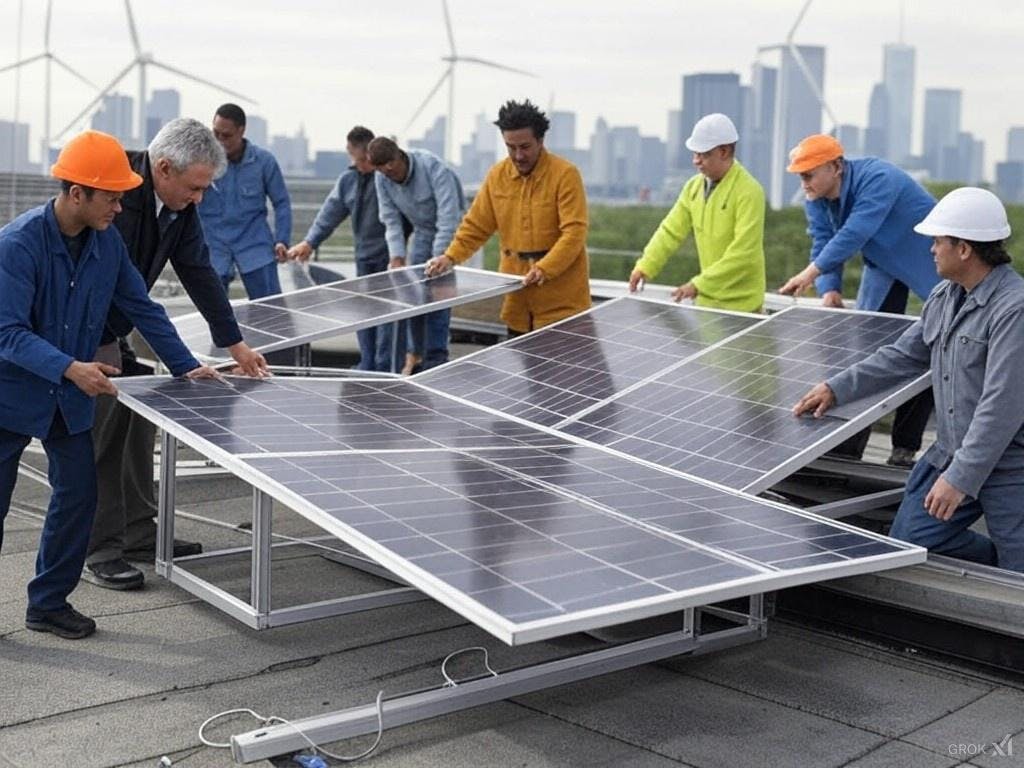
The road ahead: Environmental legacy and future impact
President Joe Biden has made significant progress on environmental issues, establishing a substantial environmental record. The administration's efforts have led to major investments in clean energy and energy efficiency. Over $320 billion has been invested by automakers in new car plants, battery manufacturing, and electrification. This investment is expected to create lasting benefits, with Biden's clean energy plans anticipated to inject up to $1.2 trillion into the economy over the next decade.
Despite ongoing obstacles, the Biden administration has taken crucial steps to address climate change. The Inflation Reduction Act has helped launch over 300 clean energy manufacturing projects. Consumers have used tax credits to purchase over 1.46 million low-emission vehicles. Additionally, the administration has protected over 670 million acres of lands and waters, making Biden the president with the most extensive conservation record.
As the U.S. continues its efforts to reduce emissions, the environmental achievements of the Biden administration will remain significant. With the country on track to reduce emissions by 40% from 2005 levels by 2030, these initiatives will have lasting effects. However, persistent obstacles must be addressed to ensure continued advancement in addressing climate change.
17 South Street
Auckland 1010
New Zealand
info@carbonclick.com- -
- X
Sign up. Be inspired. Get clicking.
Subscribe now to stay up to date with CarbonClick, carbon offsetting and climate action.
By signing up you agree to our Privacy Policy.


